Advertisement
Filmmaking is a mix of creativity and coordination, and the technical side often slows things down. Lightricks, known for tools like Facetune and Videoleap, has introduced LTX Studio—an AI-powered platform built to support storytellers. Unlike traditional editors, it focuses on narrative structure, helping creators shape visual scenes from written descriptions while keeping the process fast and flexible.
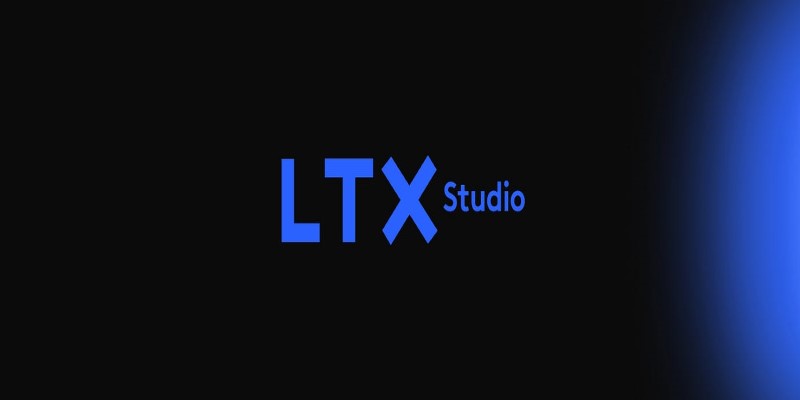
At first glance, it might seem like another video editor with a few AI features baked in. But LTX Studio goes further. It’s built around story development. That means it doesn’t just help you with effects or transitions—it actually understands your storyline and works to support it throughout the project.
You don't drop in clips and drag things around like you would in a standard editor. With LTX, you start by outlining your story. You can break it into acts, scenes, or sequences, and the platform treats them as individual building blocks. This structure-first approach makes it easier to stay focused on the narrative flow rather than getting caught up in the visual noise too early.
Once your story is mapped, you can use AI to generate actual footage based on your descriptions. For example, you can type something like "a dimly lit alleyway with flickering neon signs and rain falling steadily," and LTX will create a clip that matches that mood. The system gives you control over camera angles, pacing, character presence, and color themes.
It doesn’t stop at one scene, either. Since it understands your plot outline, it can generate consistent visual tones across the full project. So, if your character wears a red hoodie in Scene 1, you don't need to remind the system every time. It remembers.
Once the visuals are generated, you can still refine them. There’s a timeline, a sound layer, and room for manual edits. You’re not locked into what the AI gives you. Think of it like a first draft: solid, cohesive, and fast—but still yours to tweak. That’s where the balance is. It does the heavy lifting but doesn’t get in the way.
LTX Studio isn’t trying to replace directors or editors. It’s not a “push-button-movie” tool. Instead, it’s more like a co-director who works fast and doesn’t need sleep. That’s useful in a lot of scenarios, but there are a few specific kinds of creators who will likely get the most out of it.
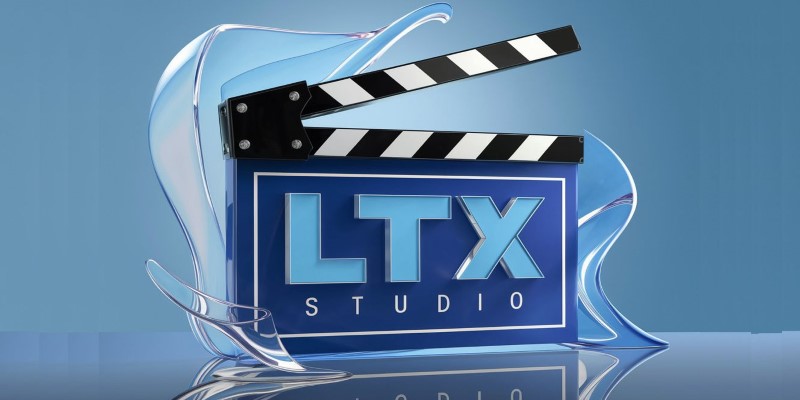
If you’re someone working with a two-person crew and a small budget, you already know how much has to be sacrificed just to finish something. LTX takes over a lot of the time-consuming parts—like hunting down stock footage or reshooting scenes that didn’t work. It helps you keep things moving without dropping quality.
This isn’t made for quick ads or trending clips. It’s for storytelling—short films, web series, experimental concepts, narrative-driven music videos. If you’ve got a script idea but haven’t had the resources to visualize it properly, LTX is a way to close that gap. You don’t need to wait on gear, weather, or actors’ schedules. You can just build it.
There’s also value in using LTX to create drafts. Before you commit to shooting a full project, you can run it through LTX to see how it plays out visually. That’s a huge shift. It gives writers and directors a way to test pacing, mood, and structure before they step on set.
Getting started isn’t complicated, but the workflow feels different from what you might be used to. You begin with a script or outline and break it into scenes or chapters. Each one gets its own space, similar to slides in a presentation, which makes it easier to focus on the core beats of your story instead of the overall runtime. For each scene, you describe what you want to see—setting, mood, lighting, actions—and the AI generates short clips that match. You can keep things broad or go deep into detail, and the system will adapt.
Once your scenes are in place, you arrange them on a timeline, add voiceovers or effects, and refine pacing. The tools give you room to shift things around, swap visuals, or trim what’s not working. From there, you can bring in audio—whether it’s your own or from LTX’s built-in options—and layer it over your scenes. Music, ambient sound, and dialogue can all be adjusted to fit the tone. After that, it's just a matter of final tweaks—color grading, transitions, polish—and your film is ready to export. Whether you're posting online, submitting to festivals, or sharing with collaborators, the final result is ready to go.
There are other AI video tools out there. But most of them focus on speeding up editing or creating short-form visuals. LTX is different because it’s centered on the story. Not filters, not templates—story. That’s what gives it weight. It doesn’t just suggest clips or auto-trim your footage. It thinks in scenes. That might not sound like a big deal at first, but it completely changes the way you work. You don’t need to juggle different apps or track notes across dozens of files. Everything’s in one place, and it all follows your story’s arc.
There's also something surprisingly human about how it operates. The AI doesn't just translate your words into images—it learns from how your story unfolds. That keeps the tone and pacing more natural. It respects what you're trying to say, even if it's subtle.
LTX Studio isn’t trying to take over filmmaking. It’s trying to smooth out the rough parts so you can spend more time shaping your story. Whether you’re a solo creator or part of a small team, it gives you a serious leg up—not by replacing your ideas, but by helping you get them on screen faster. You don’t need a warehouse of gear or a massive crew. You just need a story worth telling. LTX handles the rest.
Advertisement
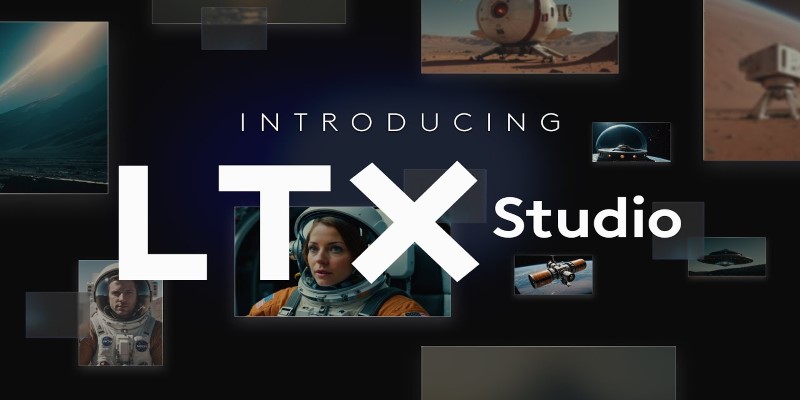
How can AI help storytellers in filmmaking? Discover how LTX Studio uses AI to generate scenes from written descriptions, making the video creation process faster and more flexible for creators

Encountering errors in ChatGPT? Learn how to fix common issues like "not responding," "network errors," and more with these easy-to-follow solutions

Want to chat, learn, or translate using ChatGPT in another language? Discover how it handles multiple languages and helps with grammar, vocabulary, and fluency
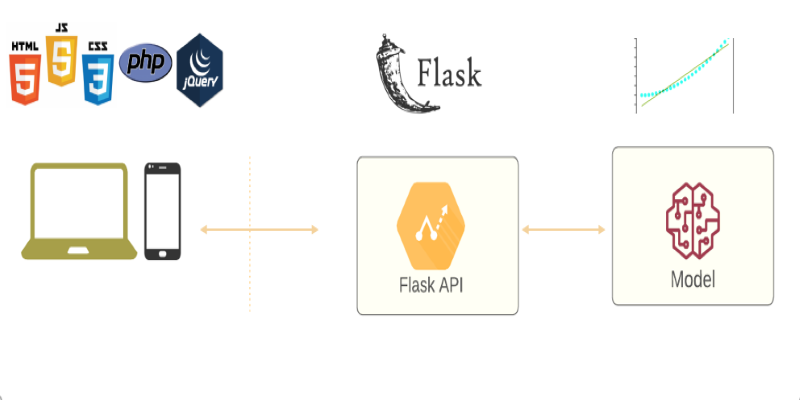
Learn how to deploy your machine learning model with Flask in 2025. Step-by-step guide on setting up Flask, testing your API, and making your model production-ready
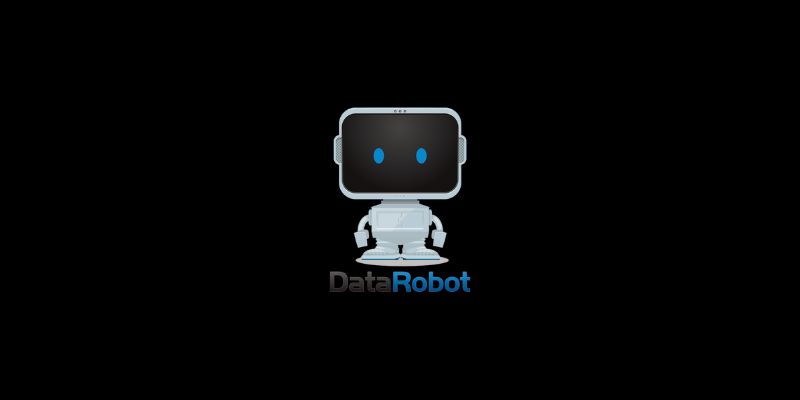
DataRobot's Feature Discovery runs inside Snowflake, offering more secure and scalable machine learning feature engineering

Looking for the best Synthesia AI alternatives in 2025? Discover smart AI video tools that help you create videos with avatars, text-to-speech, and script automation faster and easier
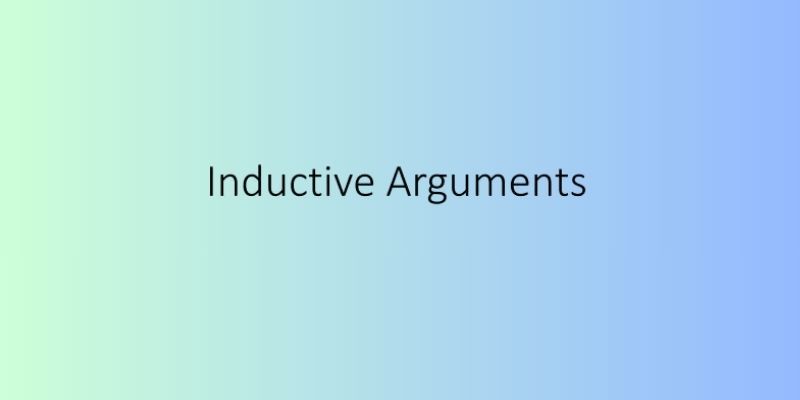
In daily life, inductive arguments transform ideas, guide behavior, and enable intelligent choices grounded on noticed trends

Know what an AI accelerator is, how it works, and why it's vital for powering today's smart tech and intelligent systems

Learn how to access GPT-4 on ChatGPT. Follow these steps to unlock AI features and boost your productivity.
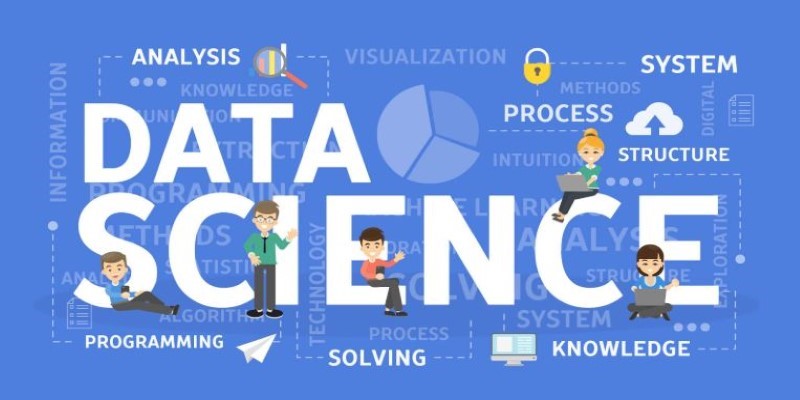
Explore the most reliable data science platforms in 2025. From notebooks to automated modeling, find the best tools for data science across all skill levels

Discover how ChatGPT can revolutionize your cooking routine by offering meal plans, recipe ideas, and even cooking tips based on what’s in your kitchen

Explore 10 emerging trends in beauty tech transforming how cosmetics are created, marketed, and applied.